Takeaways
– Harvard researchers developed a free AI tool called Prescience that predicts drug impacts on proteins
– The technology could accelerate treatments for Parkinson’s, Alzheimer’s, and various cancers
– Prescience is publicly available and doesn’t require coding knowledge to use
– The AI system achieved 95% accuracy in predicting how drugs affect protein targets
– This breakthrough could significantly reduce the time and cost of drug development
Harvard University researchers have unveiled a groundbreaking free AI tool that could revolutionize how we treat some of humanity’s most challenging diseases. The tool, named Prescience, has shown remarkable potential in predicting how drugs interact with proteins linked to Parkinson’s disease, Alzheimer’s, and various forms of cancer.
How Prescience Works
Prescience uses advanced machine learning to analyze and predict how drugs affect protein targets in the human body. What makes this AI tool particularly valuable is its accessibility – it’s freely available to researchers worldwide and doesn’t require coding knowledge to use. The system works by analyzing the chemical structure of drugs and the amino acid sequences of proteins, then predicting how they’ll interact.
The AI achieved an impressive 95% accuracy rate in predicting drug-protein interactions during testing. This level of precision could dramatically accelerate the drug discovery process, potentially saving years of research time and millions in development costs.
Potential Impact on Disease Treatment
The implications for treating neurodegenerative diseases and cancer are profound. By accurately predicting how drugs will affect specific protein targets associated with these conditions, researchers can narrow down potential treatments much faster than traditional methods allow.
For Parkinson’s and Alzheimer’s patients, this could mean more effective treatments reaching clinical trials sooner. Cancer researchers can use the tool to identify compounds that might inhibit the proteins driving tumor growth, potentially leading to more targeted therapies with fewer side effects.
Democratizing Drug Discovery
What sets Prescience apart from other AI drug discovery tools is its accessibility. The Harvard team deliberately made it free and user-friendly, removing barriers that often limit scientific innovation. This democratization of cutting-edge AI technology means smaller research labs and institutions in developing countries can now access the same powerful predictive capabilities as major pharmaceutical companies.
The researchers hope this approach will foster global collaboration and accelerate breakthrough treatments for diseases that affect millions worldwide. By making this technology freely available, Harvard is helping to level the playing field in medical research.
FAQ
What is Prescience and who developed it?
Prescience is a free AI tool developed by Harvard University researchers that predicts how drugs interact with protein targets in the human body. It was created by a team at Harvard’s Laboratory for Systems Pharmacology and the Department of Systems Biology.
How accurate is the Prescience AI tool?
During testing, Prescience achieved a 95% accuracy rate in predicting drug-protein interactions, which is significantly higher than many existing methods used in pharmaceutical research.
What diseases could benefit from this AI technology?
The tool shows particular promise for accelerating treatments for Parkinson’s disease, Alzheimer’s disease, and various forms of cancer. However, it could potentially help with any condition where protein interactions play a key role.
Do researchers need coding experience to use Prescience?
No, the tool was specifically designed to be user-friendly and doesn’t require coding knowledge. This makes it accessible to a wider range of researchers, including those without computational expertise.
Is Prescience available to the public?
Yes, Harvard has made Prescience freely available to researchers worldwide. This democratization of the technology means that smaller labs and institutions with limited resources can access the same powerful AI capabilities as major pharmaceutical companies.
How does Prescience differ from other AI drug discovery tools?
Unlike many proprietary AI systems used in drug discovery, Prescience is free, requires no coding knowledge, and is specifically optimized for predicting protein-drug interactions with high accuracy. Its accessibility sets it apart from many commercial alternatives.
How might this technology reduce the time and cost of drug development?
By accurately predicting which drug compounds are likely to affect specific protein targets, Prescience can help researchers narrow down potential treatments much faster than traditional screening methods. This could potentially save years of research time and millions of dollars in development costs.

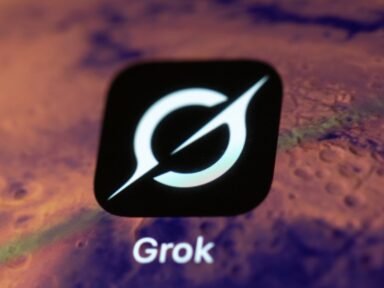

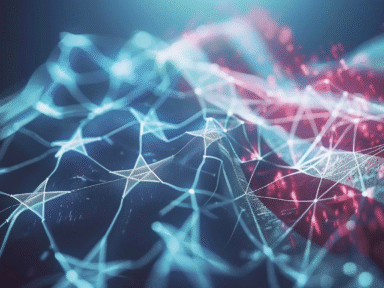
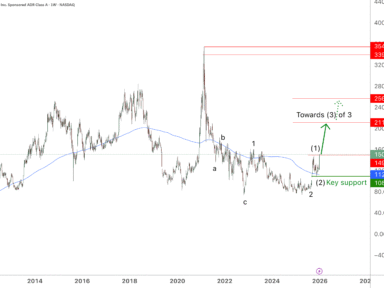
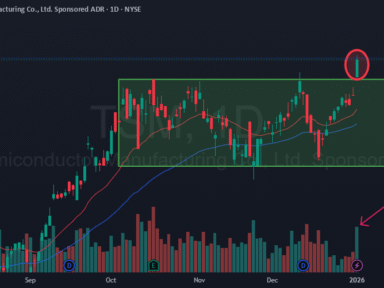

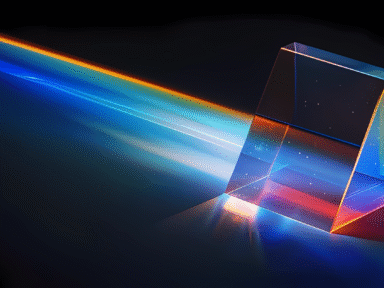









How would you rate AI Research Tool: Harvard’s Free Platform Revolutionizes Disease Treatment?